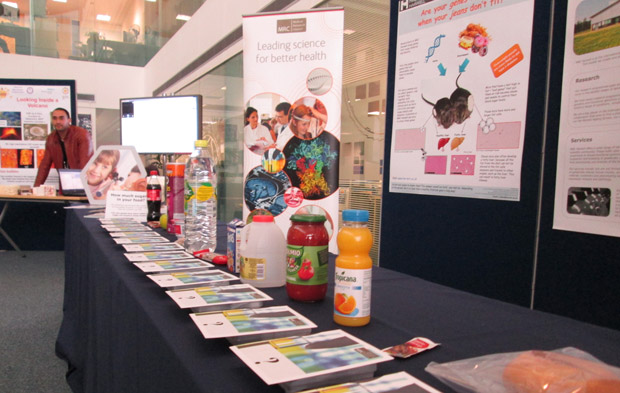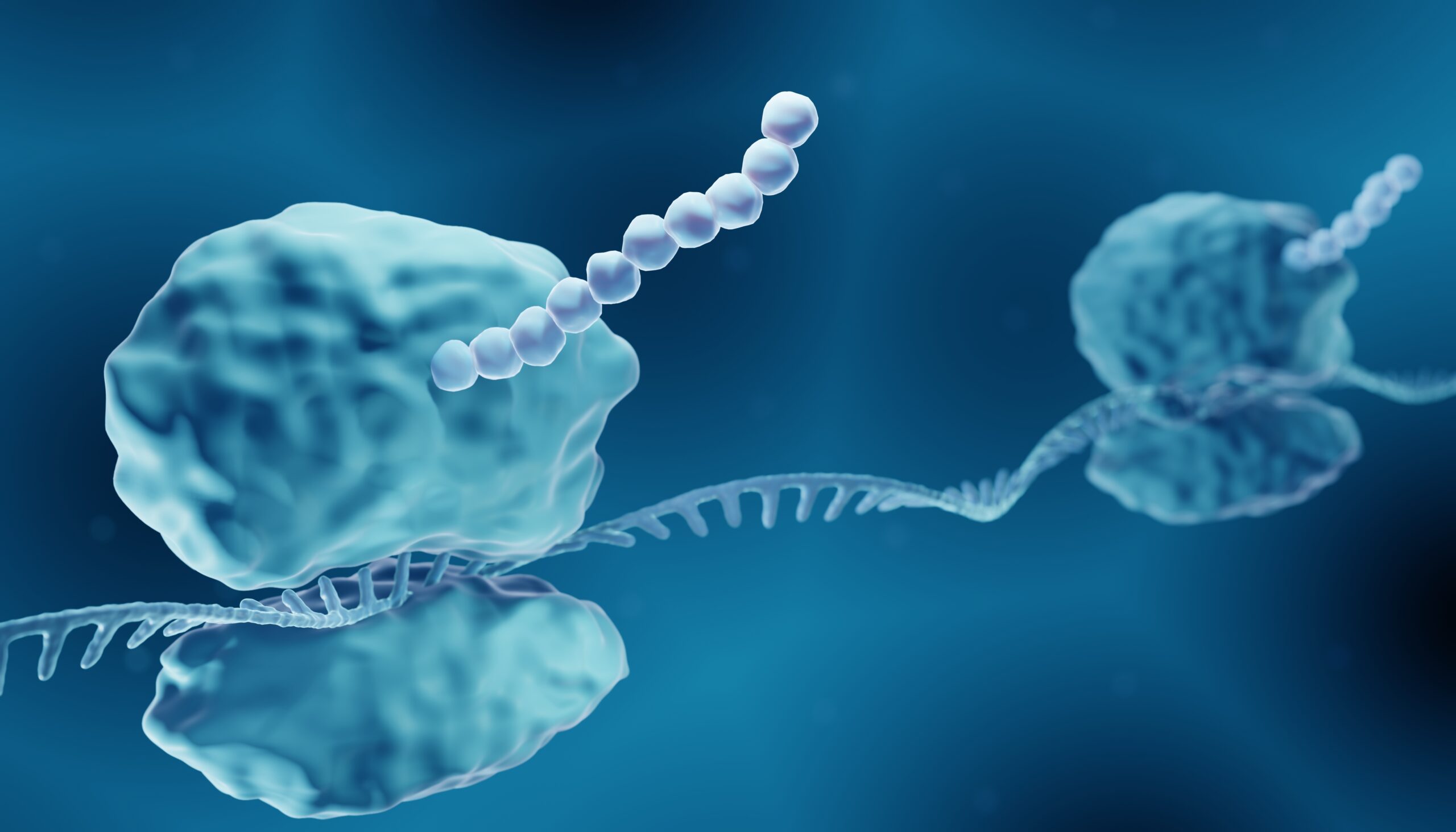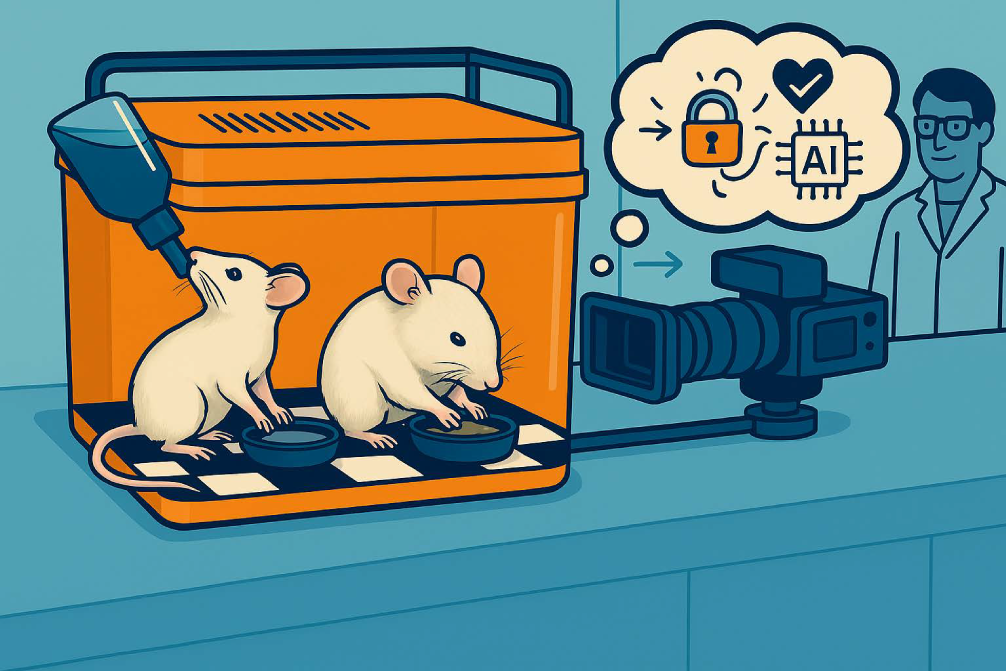On 26 August 2015, we joined up with Diamond Light Source to discuss our research into hearing loss and type 2 diabetes. Our activity ‘Just a spoonful of sugar’ definitely had a few surprises!
Discussing diabetes at Diamond open day On 26 August 2015, we joined up with Diamond Light Source to discuss our research into hearing loss and type 2 diabetes. Our activity ‘Just a spoonful of sugar’ definitely had a few surprises! We regularly team up with Diamond Light Source during their open days to showcase our work and highlight our collaborative projects. As visitors enter, they are met with a selection of stands where they get a flavour of the work done at Diamond and the wider campus. They then hear a lecture about the facility and are taken on a tour. This year our stand revolved around two big challenges currently facing medicine; antibiotic resistance and the rise in type 2 diabetes. Type 2 diabetes is a growing problem in the UK – there are currently 3.9 million people with diabetes, double what it was in 1996 and estimated to rise to five million by 2025. Type 2 diabetes is most common in old age, and is due to an inability of the body to control sugar levels, either because the body does not produce enough insulin or because the person’s cells stop responding to it. The rise in cases of type 2 diabetes is thought to be partly due to an increase in unhealthy diets. We were interested in whether visitors were aware of how much sugar there was in their diet, as in the UK we’re eating and drinking far too much of it. To illustrate how important it is to keep a careful eye the amount of sugar in our diet to prevent type 2 diabetes or keep it under control, we laid out a selection of foods with their sugar content represented in sugar cubes, hidden in front of each item. We asked them to pick an item, guess how much sugar they thought it contained, and lift up the cover to see if they were right. Considering that the recommended amount for an adult is 30g per day, about 7 sugar cubes, the results were quite shocking. A 500ml bottle of coke had double this, nearly 14 cubes, while a 125g Galaxy bar had 15 cubes. Possibly more worrying was the ‘hidden’ added sugar in places where you wouldn’t necessarily expect it – 7 cubes in a 500g jar of pasta sauce, nearly 3 cubes in a reduced-fat yogurt, and a staggering 18 and a half cubes in a 1.5L bottle of Volvic touch of fruit flavoured water, something that many visitors thought looked quite healthy. It was easy to see how so many of us are going so far over the recommended sugar limit each day. At the other end of the stand, we had a researcher talking about his work on otitis media, a very common condition in children that causes inflammation inside the ear. It is the most common reason for a child to visit their doctor in the UK, who normally prescribe antibiotics, and in severe cases can require surgery. If these cases are left untreated, it can cause hearing problems and delay language development. With the rise of antibiotic resistance, where bacteria are no longer killed by antibiotics, there is an urgent need to find alternative treatments for otitis media. Using our model ear, he spoke about the possible alternatives we’re investigating, including antimicrobial peptides, which we’re looking into in collaboration with researchers at Diamond. It was a great day, and we had a lot of interest from the visitors, with some excellent questions. It would be interesting to know if they changed their eating habits when they got home!



